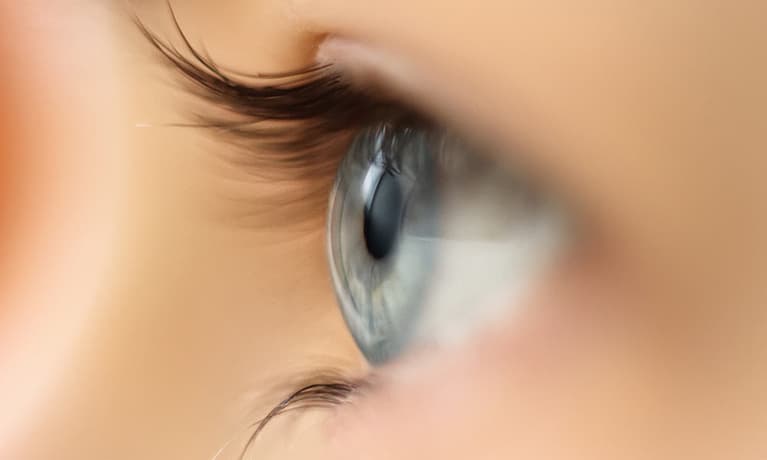You may be in denial, but summer is over and the days are getting noticeably shorter. Yes, it’s upon us…leaving for work before the sun is up and returning home after the sun has already set. This is the time of year when we really get to test out our night vision. Here are a few fun facts about the difference between your vision during daytime and nighttime hours:
- The cone cells of the retina give us our sharp central vision as well as our color vision, but they aren’t very light sensitive so they are not very helpful in the dark.
- The rod cells of the retina are much more light sensitive than cone cells but are located in the peripheral retina and are spaced farther apart than cone cells, giving us the ability to see in the dark but with low resolution.
- The human eye at night is nearly color blind, primarily seeing shades of gray. This is because the rod cells lack color sensitivity.
- Moving objects are easier to see than stationary objects in the dark.
- Try looking at a dim star in the night sky. If you look directly at it, it’s probably difficult to see because the cone cells in the central retina are not very light sensitive. If you look just off to the side of the star, it will appear brighter and easier to see because the star is now falling on an area of rod cells in the peripheral retina.
- The pupil of the human eye doesn’t dilate as widely in the dark as we age, resulting in less light entering the eye and more difficulty with night vision.
- There are many medical conditions that cause vision to be worse at night including cataracts, retinitis pigmentosa, glaucoma and vitamin A deficiency.
Can anything be done to improve your night vision? It depends on the findings of your eye exam. Be sure to ask your eye doctor.
Written by Bart W., Technician with Milwaukee Eye Care










